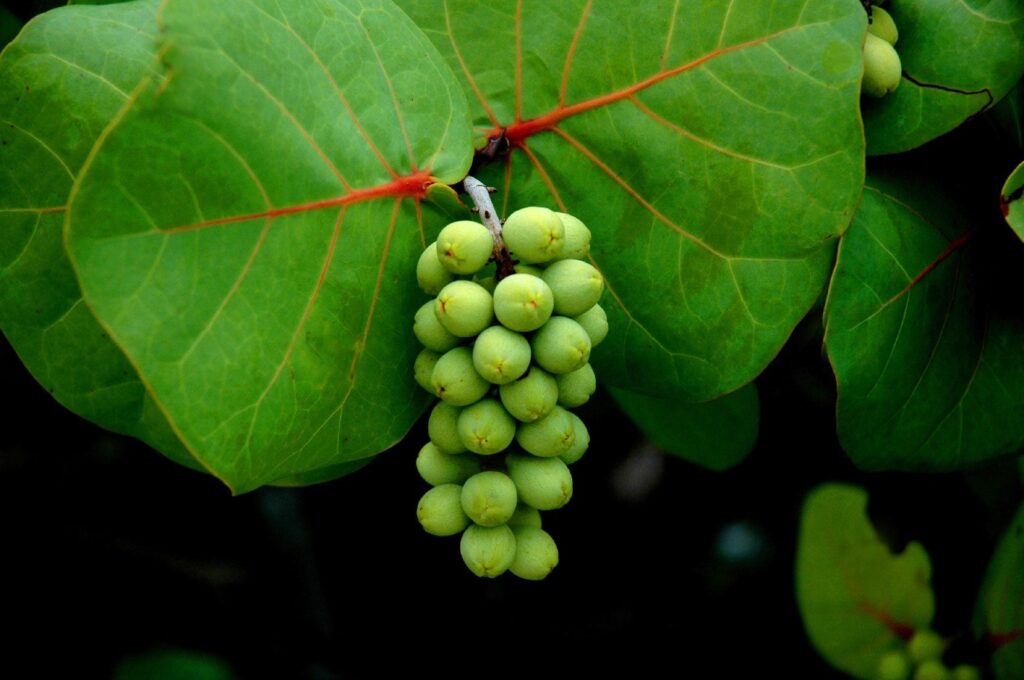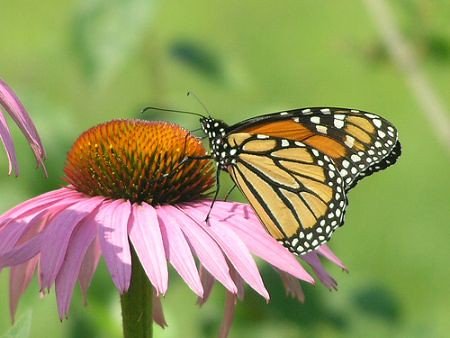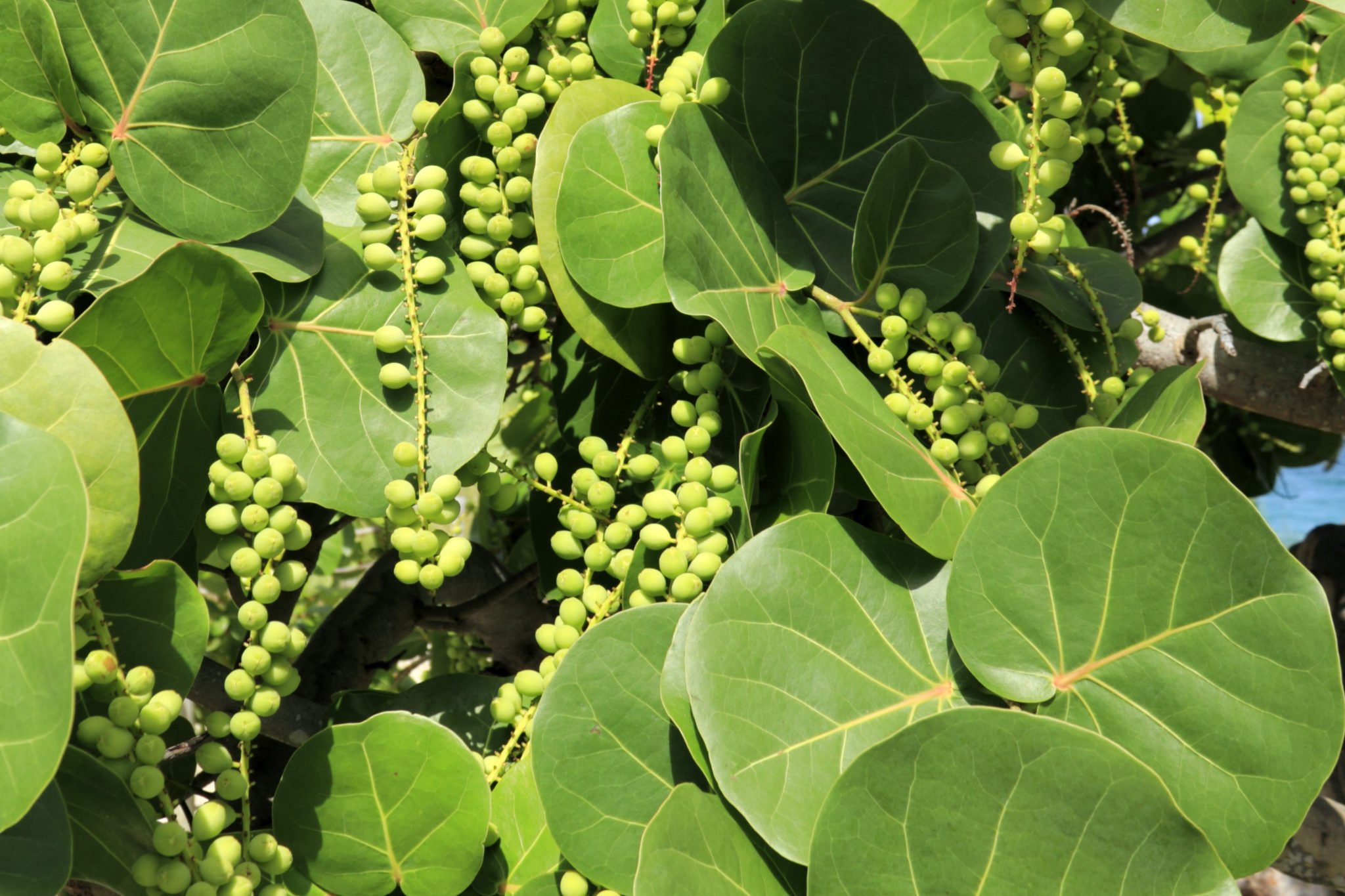3. Serving as a Potential Host or Nectar Source:
While Sea Grapes aren’t primarily recognized as a significant host plant for butterfly larvae, the sheer diversity of butterfly species on the Florida coast means some might interact with them. Moreover, the flowers and fruits can attract various pollinators, including wasps, bees, butterflies, and birds. Observing local interactions can yield delightful surprises and insights.
4. Attracting a Variety of Wildlife:
Beyond butterflies, Sea Grapes are a magnet for other wildlife. Birds feast on the fruit, and their branches provide nesting sites. This increased biodiversity can lead to a more balanced garden ecosystem, wherein predatory insects help control potential pests.

5. Drought and Salt Tolerance:
Coastal gardens often face challenges from salt spray and periods of drought. Sea Grapes are well-adapted to these conditions, providing a robust and resilient backdrop for your butterfly garden. Their presence can ensure that, even in harsh conditions, there’s always something thriving in your garden.
6. Aesthetic Value:
The beauty of Sea Grapes is undeniable. Their unique structure, the transition of their leaves from green to red, and their bunches of green fruit that ripen into a deep purple can add a striking visual element to any garden.

50 Purple Coneflower Seeds (Echinacea purpurea) for North America
Purple Coneflower Seeds (Echinacea purpurea) for all of North America. USDA Zones 3-9. More than 50 seeds.
